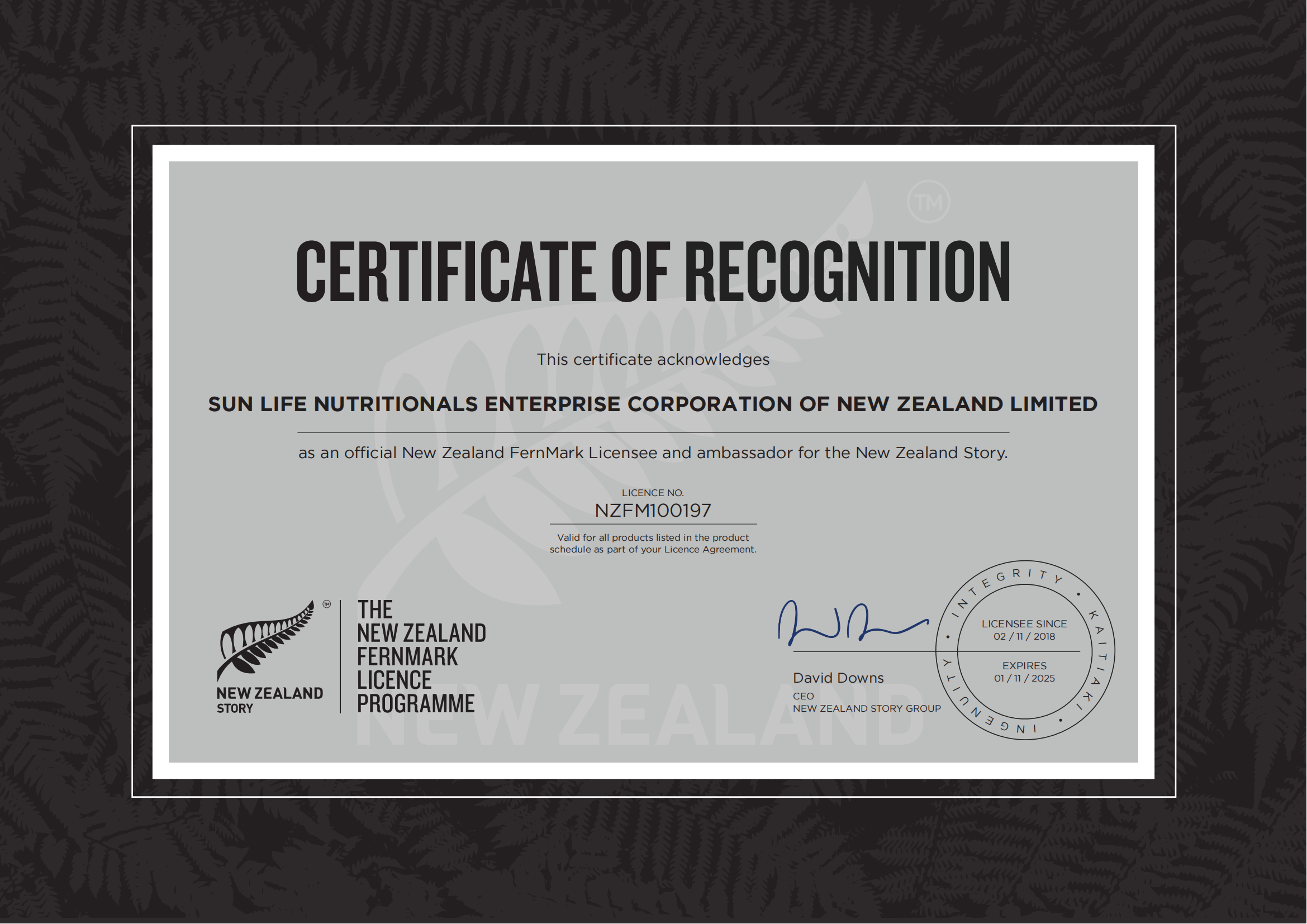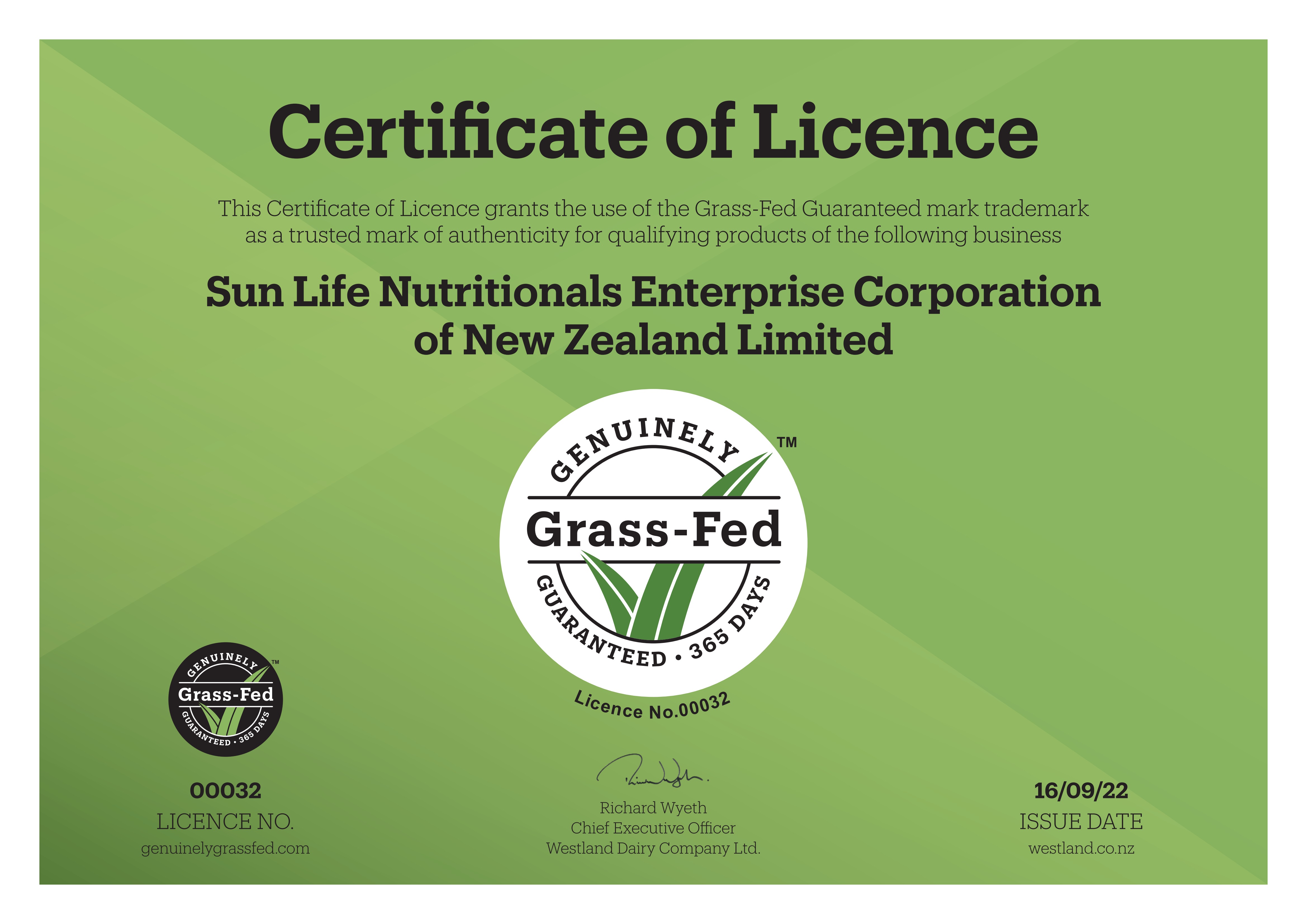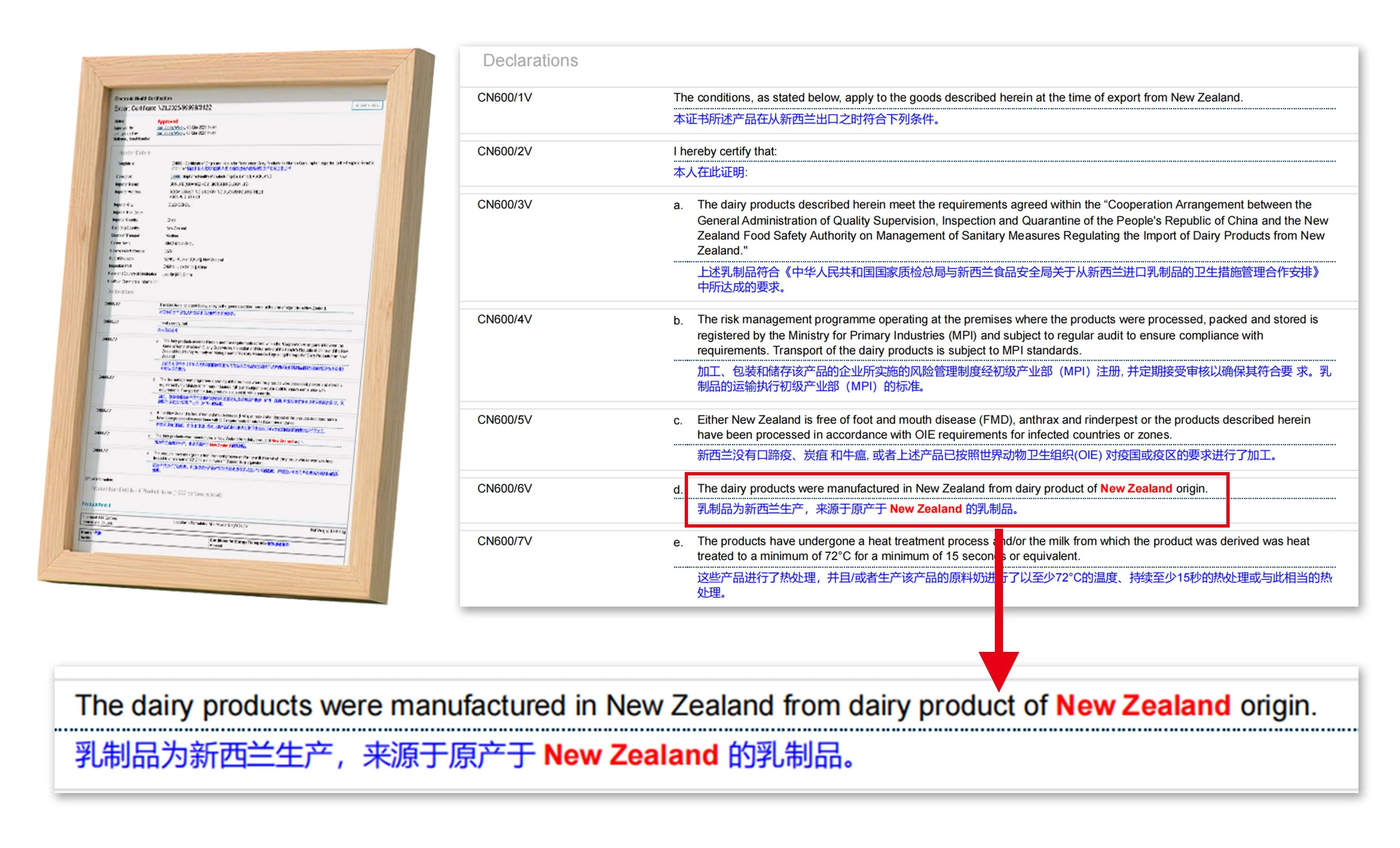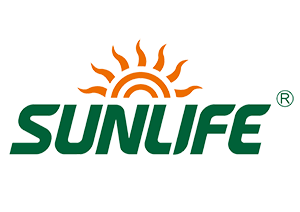New Zealand's National Dairy Grass-fed Standard is Here! Look for High-Quality Milk Sources~
New Zealand Dairy Grass-fed Standard: Identifying High-Quality Milk Sources
New Zealand milk sources are renowned globally, but many only have a general idea that good environments lead to high-quality milk. Recently, the New Zealand government officially promulgated the New Zealand Dairy Grass-fed Management Standard (hereinafter referred to as the "New Zealand Grass-fed Standard"), providing clear criteria to help everyone understand exactly why New Zealand dairy stands out!
A New National Grass-fed Standard, Officially Issued by the New Zealand Government
Unlike most barn-raised farms worldwide that rely on artificial feed, New Zealand's biggest characteristic is its adoption of an eco-friendly free-range model, allowing animals to graze on natural pasture.
This standard explicitly stipulates that "grass-fed" means that at least 90% of the dairy animal's feed must come from qualified grass-fed feed types, and they must spend an average of at least 8 hours per day and at least 340 days per year on pasture, either active or consuming feed crops.
SunLife's milk powder supplier, Fonterra, is one of the first New Zealand dairy companies to meet this standard. According to their official data, cows on Fonterra pastures spend an average of over 350 days per year freely active on pasture, with approximately 96% of their diet consisting of natural pasture or crops (special care is provided in cases of extreme weather, etc.), far exceeding the requirements of the New Zealand Grass-fed Standard.
During his recent visit to China, New Zealand Prime Minister Luxon presented Fonterra with the New Zealand Dairy Grass-fed Management Standard certification, demonstrating a commitment to meeting the growing demand for high-quality dairy products in the Chinese market.
 Unique Natural Environment: The Foundation of Natural Grass-fed Grazing
Unique Natural Environment: The Foundation of Natural Grass-fed Grazing
Global dairy farming models can be broadly categorized into three types: China and the United States predominantly use confined feeding, where cows are kept in barns and fed artificial feed; Europe often combines confinement and free-range methods; while New Zealand adopts a distinctive full pasture-grazing model.
Known as "the last piece of pure land in the world," New Zealand enjoys a mild climate, long hours of sunshine, and ample rainfall, which contribute to high-quality natural pastures. Pastures cover half of the country's land area, earning it the nickname "Green Kingdom" and providing a natural advantage for year-round grass feeding of cows.
Cows spend over 2,000 hours per year freely active under the sun, roaming vast grasslands, and grazing on natural pasture at any time. This not only significantly reduces the risk of disease transmission among cows but also alleviates their physiological stress.
This grass-fed model ensures that cows are healthier and happier, naturally producing higher-quality milk. Such milk contains higher levels of lactoglobulin, β-carotene, Omega-3 fatty acids, conjugated linoleic acid, and more, comprehensively boosting its nutritional value!

 Upholding the FernMark Quality, Starting from the Source of Milk
Upholding the FernMark Quality, Starting from the Source of Milk
SunLife holds the FernMark license awarded by the New Zealand government, a recognition of its years of commitment to premium New Zealand dairy. From the very source, SunLife selects superior nutrition, with all dairy-derived nutrients meeting New Zealand grass-fed standards. In addition to Fonterra's milk powder, SunLife's strategic partner, Westland Dairy, provides "Grass-Fed" certified colostrum.
Every batch of SunLife's milk powder products comes with a dairy hygiene certificate issued by the New Zealand Ministry for Primary Industries (MPI). Only locally sourced and locally produced milk qualifies for this certification!
 Safeguarding Family Health, Choosing Grass-fed Milk Sources – SunLife Stands Up to Traceability!
Safeguarding Family Health, Choosing Grass-fed Milk Sources – SunLife Stands Up to Traceability!



